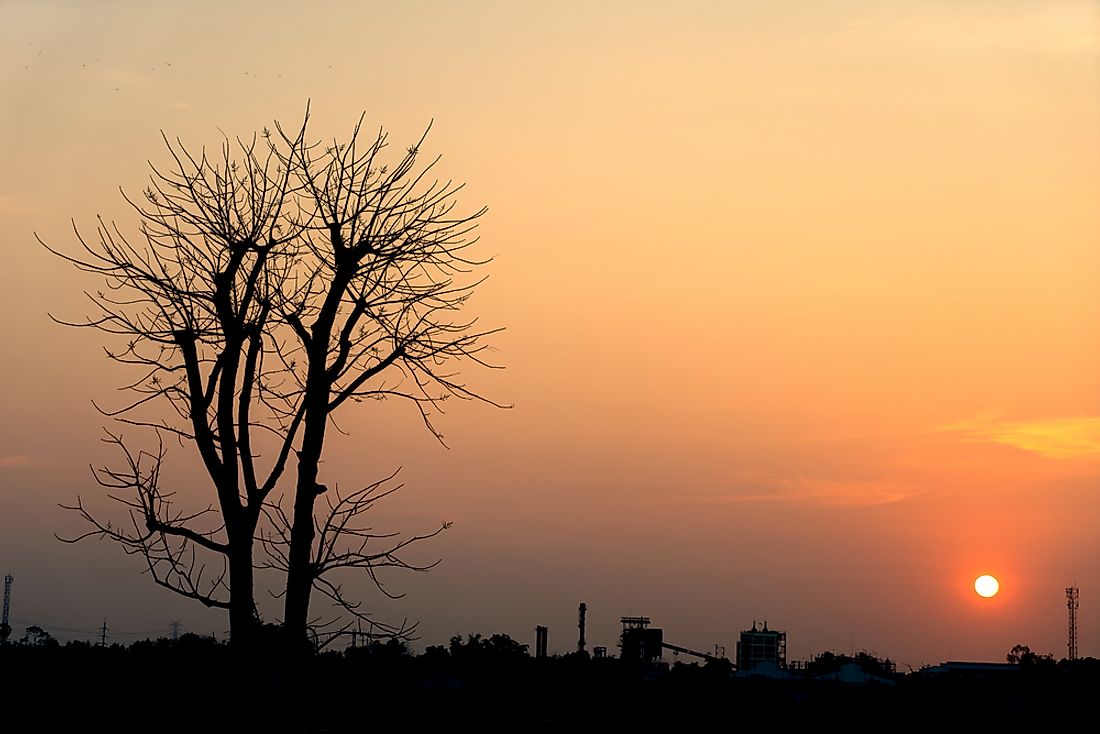Rising Sea Levels, Dying Trees the Norm With Climate Change

Climate change remains one of the most alarming challenges that the world faces today. While climate change has been experienced throughout human history, a rapid increase began with the 19th-century industrial revolution. The most notable signs of climate change are the rising sea levels. According to a report by The Washington Post, the rising sea levels are mainly due to the melting of the Greenland ice sheet, which by 2014 contributed 14% to the rising seas. Expansion of sea water due to global warming also contributes to the rising levels of the seas.
Growth of Ghost Forests
According to scientists, one of the most alarming indicators of the climate change problem is the rate at which ghost forests are growing along the coastal areas of North America. The rising sea waters alter the neighboring dry lands or fresh water systems introducing salt properties and marshlands. The effect is the death of previously healthy trees, which remain as standing “ghost trees” with no life.
The report by WABE indicates that while sea storms would have caused alterations in the neighboring lands, the ecosystems were able to recover. However, with the increasing levels of rising seas, these ecosystems have no time for recovery, and they thus deteriorate rapidly. The most affected areas in North America include the coast stretching from Canada, through the eastern coast, Florida, and Texas. Other areas where previously healthy forests have degenerated into ghost forests include the Palmetto Pear Tree Preserve region in North Carolina, the forest around the Savannah River of Georgia and South Carolina, and forests on the Chesapeake Bay.
Sea Levels Continuing to Rise
According to the report, sea levels have risen by 1.3ft in a century, a rate that is higher than that of two millennia combined. The rate of forest loss compared to that in the 1930s is also four times higher. Despite these alarming changes and environmental deterioration, scientists note that the effects on the ecosystems could affect different species differently. For example, tree species such as the Atlantic white cedar in southern New Jersey have died from the salt water. On the other hand, a previously rare fish species, the Atlantic croaker fish in the same region, has increased in population as the sea level rise creates marshlands that provide nutrition for the species. Another effect of rising sea levels is the destruction of habitats for migratory birds and the death of fish species due to increase in algae concentrations in their habitats.
The effect of the rising sea levels is made worse by the large storms, which may carry water to inland areas and kill trees. The Superstorm Sandy in 2012 is believed to have carried salt water inland in southern New Jersey leading to the death of trees.
**
Benjamin Elisha Sawe is a writer based in Kenya. He holds an MBA from the University of Nairobi.











